A guest post from Marie-Alix de Cools in Book Conservation
The V&A recently received a wonderful collection of nearly 400 paper peepshows and other optical devices, a collection which had been assembled over a period of 30 years by Jacqueline and Jonathan Gestetner – see recent blog post on this topic.
During my internship in the Book Conservation department at the V&A, I had the opportunity to work on a few. While the majority of the collection is in good condition, paper peepshows were originally cheaply made, ephemeral keepsakes and many of them are in need of small repairs.
For me, the most exciting one turned out to be a French peepshow called Paris la Nuit, made in about 1860. It is one of a small group of peepshows whose structure resembles that of a Chinese lantern rather than a miniature paper theatre. It is made of circular-shaped bellows attached to a top panel with viewing lens and a bottom panel into which prints can be inserted.
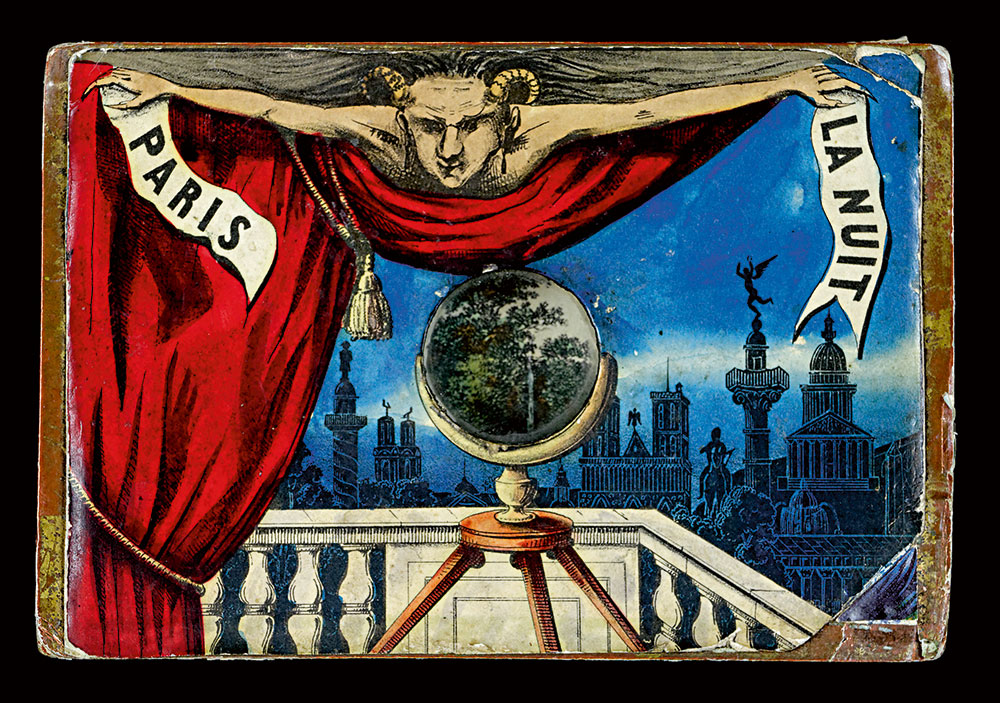
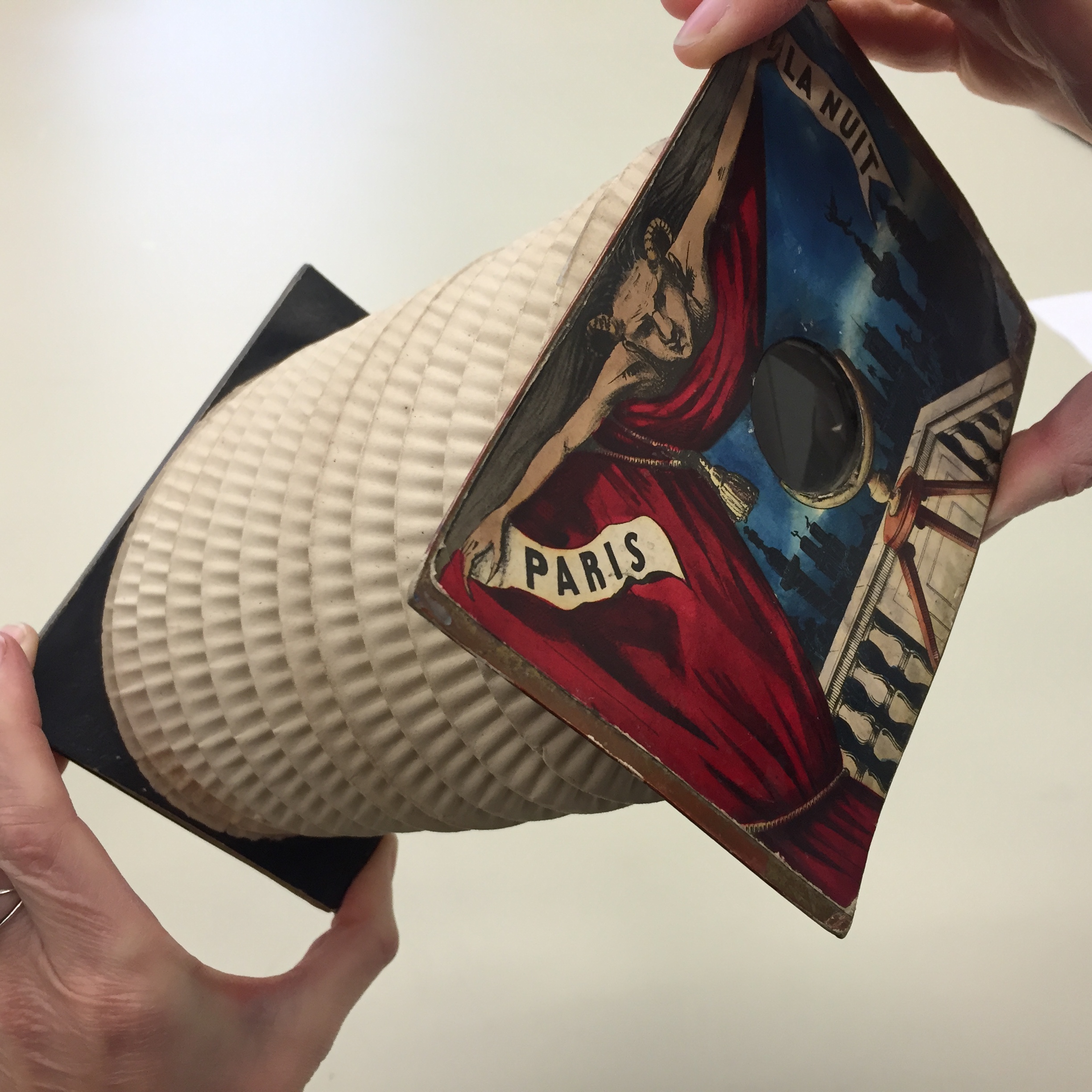
These prints seem to come from different series, as in addition to views of Paris, one also finds a range of non-Parisian scenes including exotic destinations. The prints, when viewed outside the device in reflected light, show views by daylight of various popular destinations such as the ‘Rue de Rivoli’ or ‘Jardin des Tuileries’. When viewed through the peephole, against a strong source of light, the transmitted light changes them to night scenes in which small holes pierced in the prints become the stars, the moon, or lit windows and street lamps.
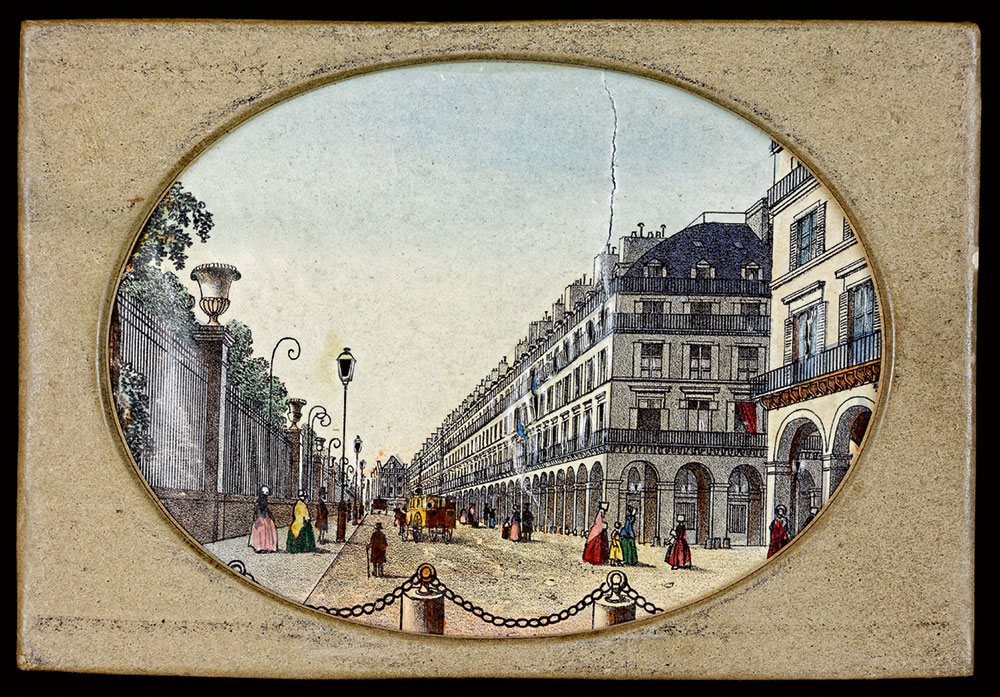
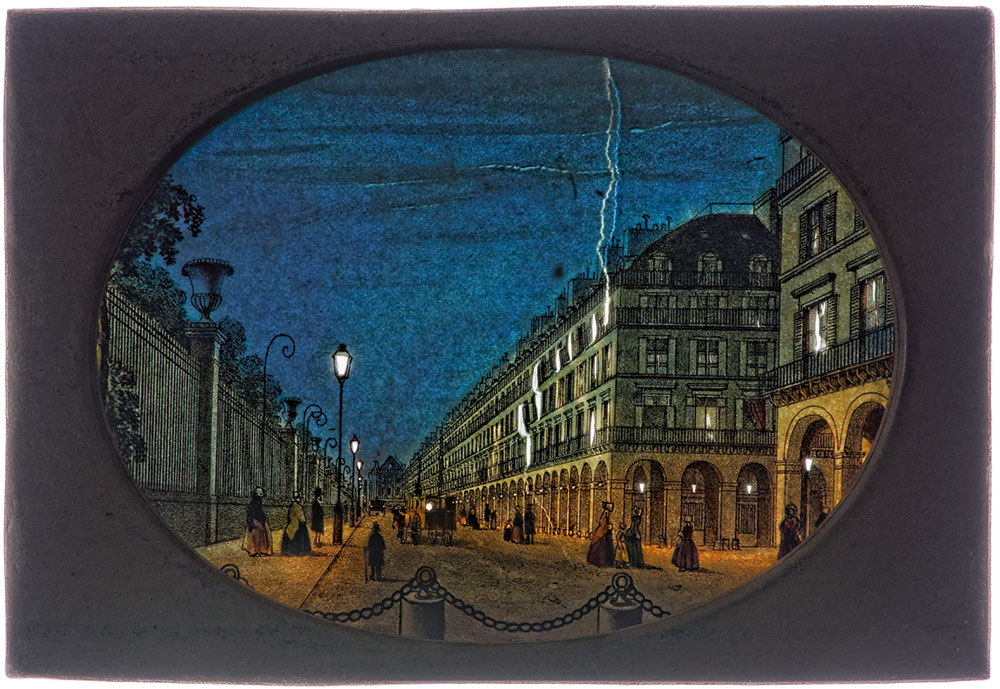
In two instances however, the scene is dramatically changed: the tranquil Bains de Dieppe with couples leisurely walking along the beach is transformed into a frightening shipwreck scene and in Le tunnel de Rolleboise a train bursts into view where before there was only an empty tunnel with some men at work.
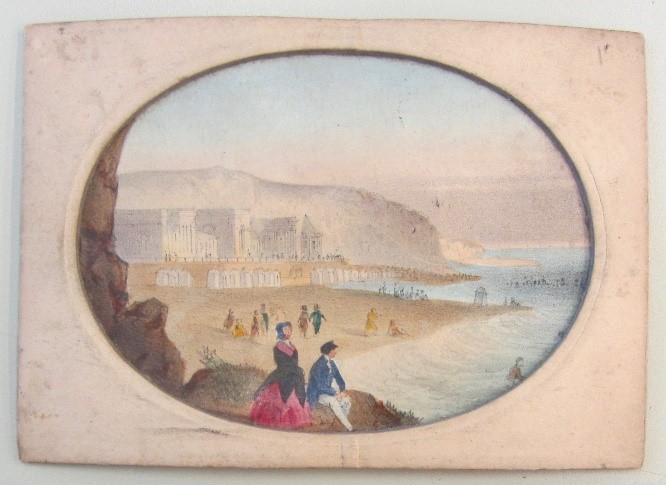
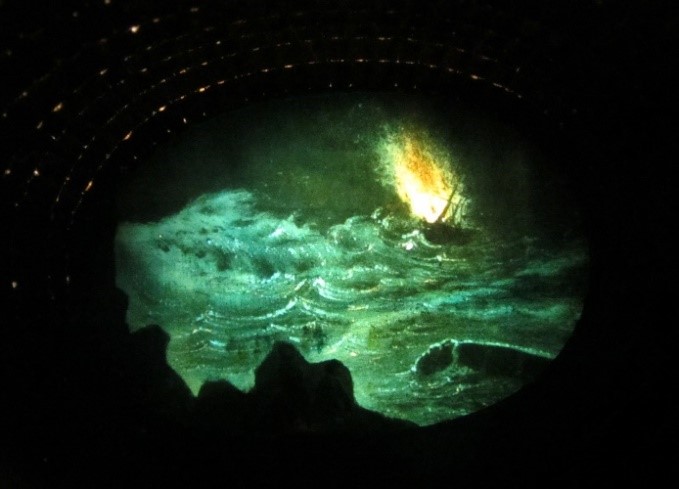
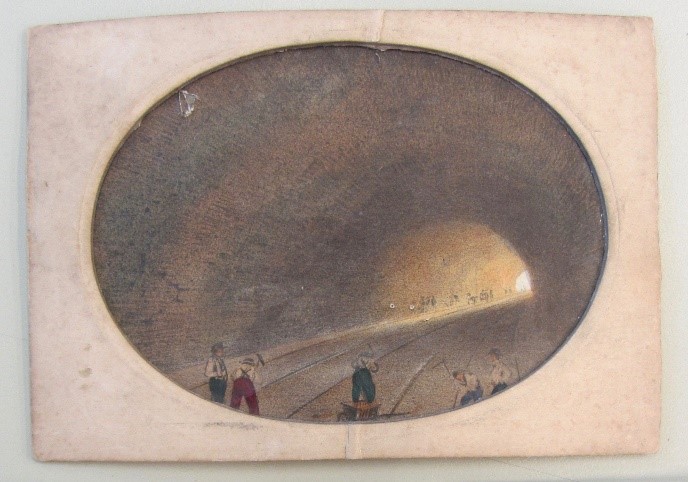
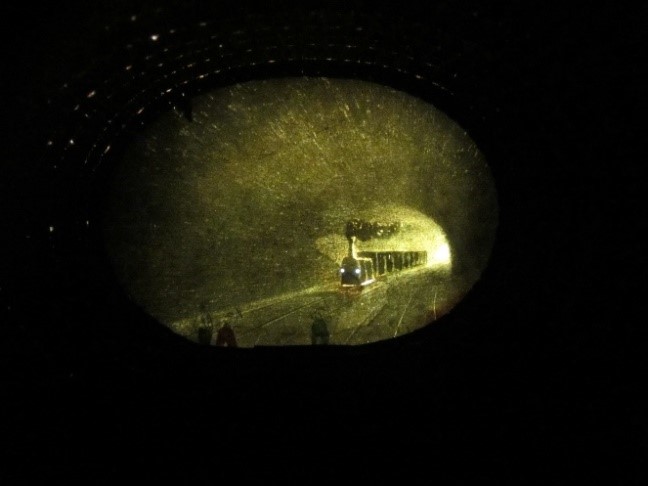
The ingenuity of these plates is amazing, but it also complicated the conservation work which was both interesting and challenging. Indeed I constantly needed to compare the daylight scene with the nocturnal scene in order to ensure that repairs did not alter the desired effect when seen through the peephole. It was important to choose the correct weight of Japanese tissue to restore the tears as the repair paper needed to be similar in weight to the original piece in order to retain the effect of the day and night views. I therefore chose to combine different layers of Japanese paper (varying tones, thicknesses and opacity) to support and in-fill the damaged areas without obscuring evidence of the historical damage.
As the back of each print is lined with a layer of thin paper, the secret of these hidden images is not immediately apparent. However, the removal of historical repairs made to the ‘Tunnel de Rolleboise’, revealed the back of the print and enabled me to get a better understanding of how the ‘night’ effect was achieved.
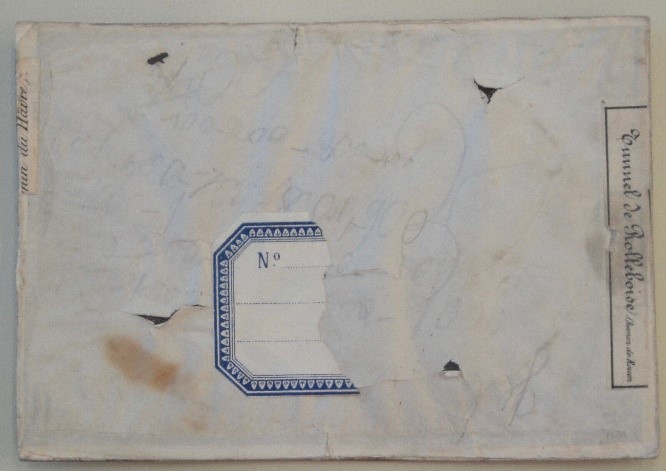
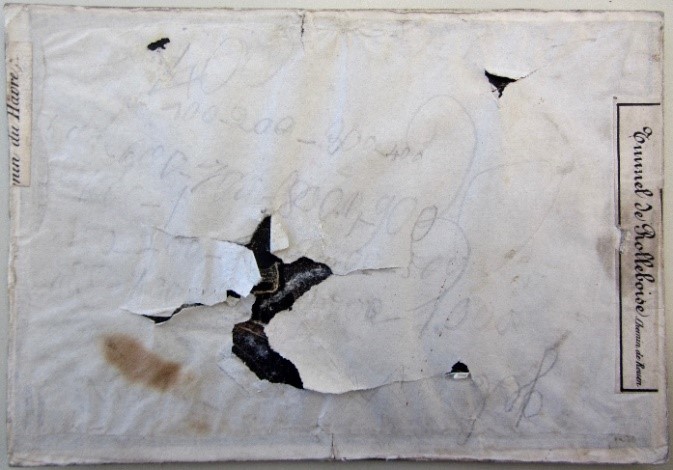
The ‘day’ picture is printed on the recto (front), while the ‘night’ picture is obtained by painting the verso (back) side in black and other dark colours. The contours of the train and the lighter areas were then drawn and defined using a kind of sgraffito technique. The dark paint was thus scratched away in places where the light was meant to shine through. The image of ‘Les bains de Dieppe’ is a little more complex. The hidden picture is painted with dark and light colours on the back of the print and completed by drawing the waves and creating light by thinning the paper in certain areas to enhance the transmitted light. The illusion is reinforced using a painted paper lined to the back of the panel which creates the coloured background.
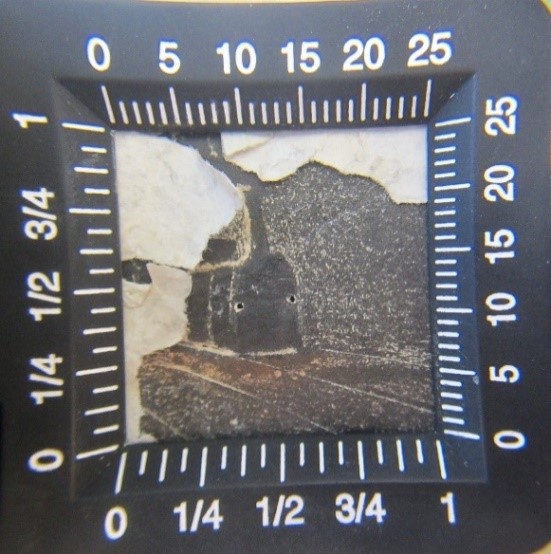

The conservation and discovery of these items were really fascinating. I have really appreciated having the opportunity to work on and handle them, gaining a better understanding of their construction and therefore of how to conserve them.
Please make an appointment with the National Art Library if you would like to view peepshows from the collection.


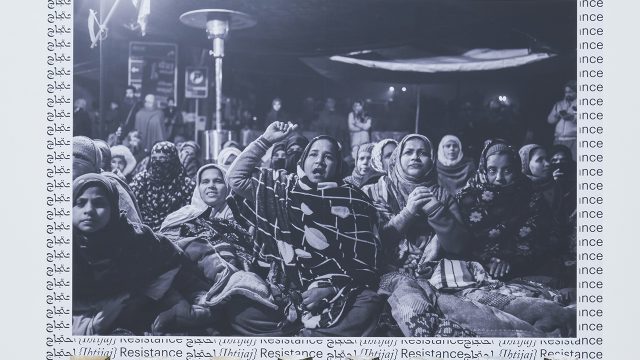
Incredible, thanks for sharing this. I recently purchased a Polyorama Panoptique viewer and slides which is essentially the same technique. I’m curious which originated first, the Panoptique or this Paris La Nuit Peepshow?